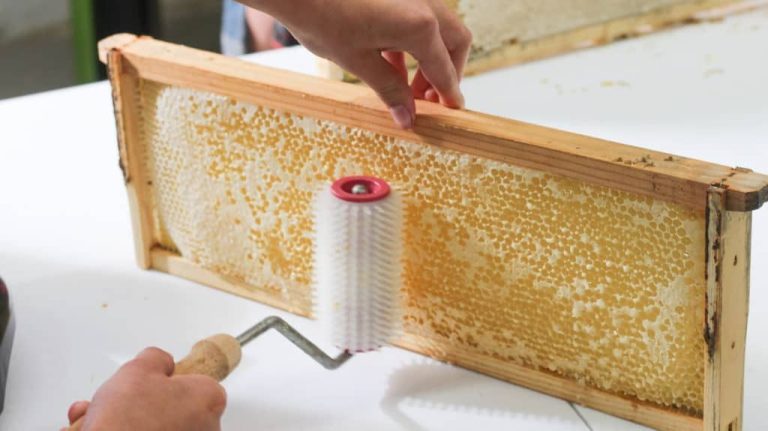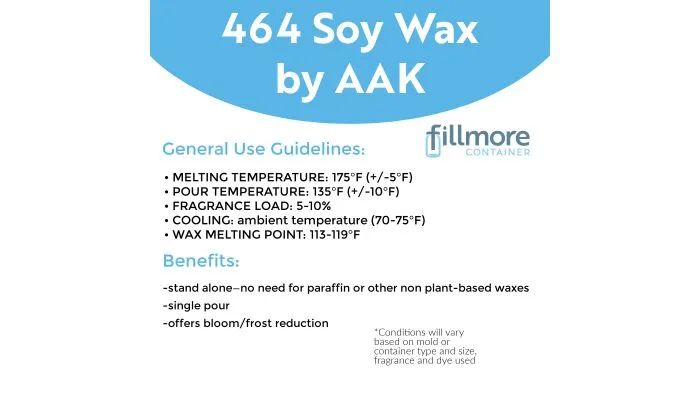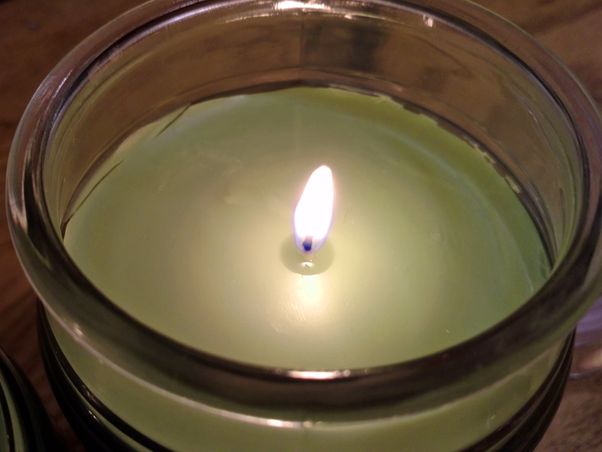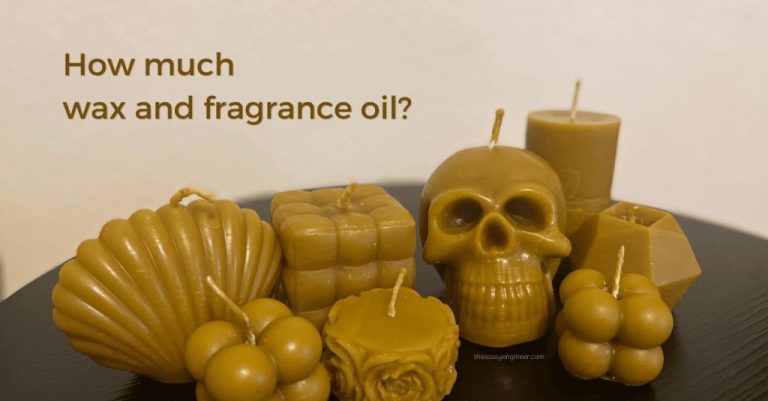What Wax Does Bath And Body Works Use?
Bath & Body Works is a popular personal care and home fragrance retailer known for their wide selection of scented candles. Their signature 3-Wick Candles come in a variety of scents and have become synonymous with the Bath & Body Works brand. People love these candles for their long-lasting scent, quality ingredients, and beautiful packaging.
The signature 3-Wick Candles are the cornerstone of Bath & Body Works’ home fragrance collection. They have been a staple product for the company for over 25 years. The iconic white packaging and fragrance names like “Warm Vanilla Sugar” and “Mahogany Teakwood” are instantly recognizable to Bath & Body Works fans.
Part of what makes the Bath & Body Works candles so desirable is the fragrance quality and strength. Each candle is designed to fill a room with scent when burning. The secret to the strong scented throw is in the ingredients and formulas used to create the candles.
Types of Candle Wax
There are a few main types of wax that are commonly used to make candles:
- Paraffin Wax – A petroleum-based wax made from refined crude oil. It is odorless, colorless, and burns cleanly with a high melting point. Paraffin is the most commonly used candle wax due to its low cost and excellent burn properties.
- Soy Wax – Made from hydrogenated soybean oil. Soy wax is renewable and biodegradable. It burns slower and cooler than paraffin with a lower melting point. Soy candles tend to have a shorter burn time but are perceived as more natural.
- Beeswax – Produced by honey bees to build the walls of their honeycomb. Beeswax has a sweet, honey-like scent and burns brighter than other waxes. However, it can be more expensive and difficult to work with.
- Palm Wax – Derived from palm oil. It is inexpensive, sustainable, and burns cleaner than paraffin. Palm wax blended with other waxes has grown in popularity for candle making.
- Gel Wax – A mineral oil-based transparent gel that holds fragrance oils without interfering with scent throw. It allows for creative designs like embeds and layers.
The type of wax impacts the quality, scent throw, burning time, appearance, and price of the candle. Many candle makers blend different waxes to optimize certain properties.
Bath & Body Works Candle Wax
Bath & Body Works has primarily used a paraffin wax base for their three-wick candles historically. Paraffin wax is a highly refined petroleum-based wax that provides a clean-burning scentless base for holding fragrance oils. It has been a popular choice for candle-making due to its good burn qualities and scent throw ability.
In more recent years, Bath & Body Works has also introduced some candle options using soy wax. Soy wax is a natural vegetable-based sustainable wax. While not always as strong at holding and delivering fragrances compared to paraffin wax, soy wax has grown in popularity with consumers looking for more natural candle options.
Why Paraffin Wax?
For many years, Bath & Body Works used paraffin wax for their candles. Paraffin wax is a petroleum byproduct made from crude oil. It has been the industry standard for candle making because it’s inexpensive, has excellent fragrance throw, and burns slowly with a bright flame.
Paraffin wax gives candles a smooth texture and allows scent and dye to adhere evenly throughout the wax. It’s also rigid enough to hold decorative shapes and details. These performance qualities and low production costs have made paraffin an economical choice for candle makers.
Shift to More Natural Waxes
In recent years, there has been increasing consumer demand for companies to use more natural, sustainable ingredients in their products. This shift has extended to candle-making as well, with more shoppers seeking out candles made from soy, beeswax, and other natural waxes rather than paraffin wax.
Paraffin is a byproduct of petroleum refining, so there are environmental concerns around its use in candles. Natural waxes like soy and beeswax come from renewable, eco-friendly sources like plants and honeycombs. As consumers become more conscious about sustainability, they want to support businesses using greener practices.
Additionally, some consumers perceive natural wax candles as healthier options since they don’t emit potentially harmful fumes like paraffin candles. Whether true or not, this perception is driving demand for natural candle alternatives. Many leading candle companies like Bath & Body Works have responded by expanding their offerings of soy, beeswax, and other natural wax candles.
Bath & Body Works Soy Wax Candles
Over the past few years, Bath & Body Works has begun offering a small selection of soy wax candles as a more natural option compared to traditional paraffin wax. However, these soy wax offerings represent only a tiny portion of their overall candle lineup, which is still made up primarily of paraffin wax candles.
The Bath & Body Works soy wax candles also still contain a portion of paraffin wax blended in. So while they utilize some soy wax, they are not 100% soy. This blend allows them to achieve better scent throw and a smoother wax melt than what would be possible with pure soy wax. So whether for performance reasons or simply cost and availability, Bath & Body Works soy wax candle offerings remain very limited compared to their traditional paraffin candles.
Beeswax and Other Natural Waxes
Bath & Body Works does offer limited products that use beeswax and other natural waxes like soy, palm, and coconut wax. However, the vast majority of their candles use paraffin wax.
There are a few reasons Bath & Body Works limits the use of natural waxes:
- Cost – natural waxes are more expensive than paraffin wax.
- Performance – paraffin wax is known for its excellent scent throw and burn properties.
- Availability – paraffin wax is mass produced and more readily available at the scale Bath & Body Works requires.
While more natural waxes appeal to some consumers, paraffin wax enables Bath & Body Works to create affordable, high-performing candles on a very large scale. So for now, only a handful of specialty options feature natural waxes like soy, beeswax, or coconut wax. Most Bath & Body Works candles will continue using paraffin as the primary candle wax.
Fragrance Oils
Bath & Body Works uses proprietary fragrance oil blends to give their candles a unique and appealing scent. Fragrance is key to the enjoyment and success of their candles, so they work closely with expert perfumers and fragrance houses to create exclusive, trademark fragrances.
Signature scents like Warm Vanilla Sugar, Japanese Cherry Blossom, and Mahogany Teakwood are immediately recognizable to Bath & Body Works customers. The ability to produce and control these special fragrance blends is pivotal to the company’s branding and product identity.
The exact components and ratios of the fragrance blends are confidential trade secrets. By keeping the recipes proprietary, Bath & Body Works can maintain their distinct scents and prevent duplication by competitors. Customers keep coming back to re-experience their favorite fragrances year after year.
Wick Types
Bath & Body Works uses different types of wicks in their candles to control the way the wax burns. The most common wick types are:
- Cotton – These natural fiber wicks have braids or knits that help slow down the burn rate to avoid tunneling effects.
- Paper-cored – These wicks have a paper center surrounded by cotton to provide stability and structure while keeping a slower burn.
- Wooden-core – Wood, often birch, provides a slow, even burn for larger container candles.
- Zinc-core – Zinc, lead-free wicks have a metal alloy center for a consistent burn in wide wax pools.
Bath & Body Works likely uses a combination of these wick types depending on the specific candle. Factors like container size, wax type, fragrance load, and desired burn time impact the wick choice. Testing helps find the right wick to produce an even melt pool and minimize soot.
Conclusion
To summarize, Bath & Body Works primarily uses a high quality, refined paraffin wax for its candles. Paraffin wax is a common choice due to its excellent scent throw and candle performance. It releases fragrance effectively, has a high melting point for even burning, and controls crystallization for smooth wax pooling.
While there has been some criticism of paraffin in the past, Bath & Body Works states that all of its candle ingredients meet U.S. FDA requirements. In response to growing customer interest in more natural options, the company has introduced soy wax candles as part of some seasonal ranges. Ultimately though, paraffin remains its wax of choice for the majority of candles. By pairing this high grade wax with proprietary fragrance blends and multiple wick types, Bath & Body Works aims to produce safe, long-lasting, and great smelling candles.




